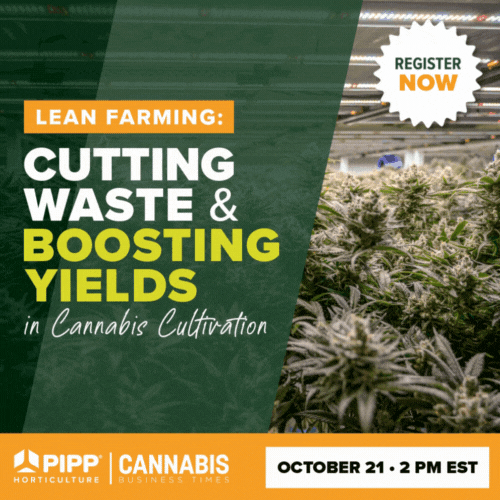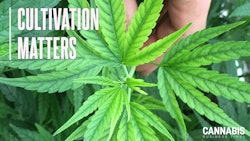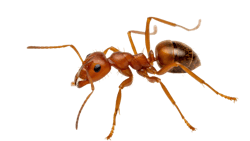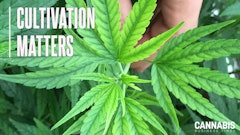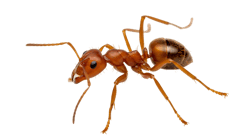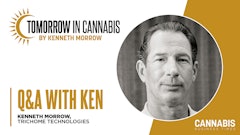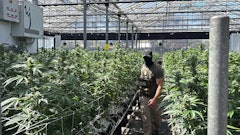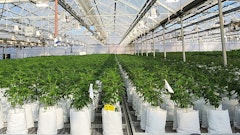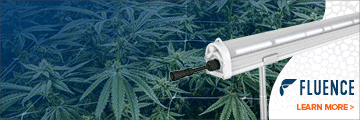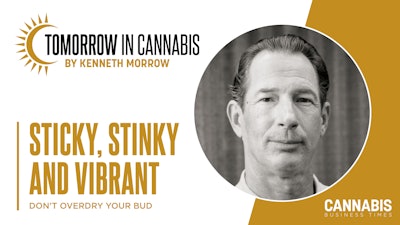
The most common question I have received over the years has been: “What happened to the sticky, stinky buds of yesteryear?”
The simple answer is that the lion's share of commercial cannabis available for sale today has been overdried, and much of what hasn't been overdried has been improperly cured.
“The volatile oil composition of fresh and air-dried buds of Cannabis sativa,” a research paper by Samir A. Ross and Mahmoud A. Elsohly, contrasts the contents of oils made from fresh-frozen and air-dried cannabis. Fresh-frozen bud oil is mainly composed of 92% monoterpenes, 7% sesquiterpenes, and approximately 1% of other chemicals such as simple ketones, esters, thiols, and other volatile sulfur compounds (VSCs). The study shows the large portion of available terpenes that are lost to the drying process, with the major differences being a smaller level of monoterpenes in the air-dried and cured buds caused by terpene evaporation. That loss of monoterpenes directly correlates to less sticky and less aromatic flowers.
Diving into the study, researchers found that up to 55% of beta-myrcene is lost within seven days of improper drying and curing. Each percentage of terpene loss can add up at scale and really impact the cost-per-pound. In other words, the combination of terpene and moisture loss equates to a large loss of revenue–profits literally evaporating into thin air.
The utilization of traditional (i.e., non-purpose-built) HVAC and dehumidifiers is predominantly responsible for over-drying and the subsequent terpene loss. These systems often operate within an imprecise margin of variance, leading them to have a tendency to fluctuate the environment as they cycle on and off. These environmental shifts cause the trichome heads to expand and contract, resulting in terpene and moisture loss.
Once these terpenes have evaporated, there is no way to get them back, and once cannabis has been over-dried, there is no reason or benefit to cure it.
RELATED: Not All Terpenes Are Created Equal
While the wide operating ranges of traditional systems make precise control of the environment difficult, sometimes the over-drying is intentional. Indeed, some producers may purposefully overdry their cannabis to minimize risks of microbial contamination or proliferation of mold.
Drying and curing are two different things; one must first properly dry the buds to cure them. So proper drying is the first priority.
How to Dry and Cure Cannabis Without Over-Drying
A research paper titled “Impact of water activity on the chemical composition and smoking quality of cannabis flower” investigated how various water activity (also known as available water (aw)) levels (0.45 aw, 0.65aw, 0.85aw) affect a cannabis bud’s chemistry and smokability. Chemical analysis showed that 0.65 aw yielded the highest terpene content and comparable cannabinoid delivery to 0.45 aw, while 0.85 aw significantly reduced cannabinoid levels.
It also highlighted that higher water activity increased moisture and product weight, leading to a difference of nearly 20 grams per pound between lots of 0.45 aw (equivalent to a water content of roughly 5%) and 0.65 aw (equivalent to a water content of roughly 9%). This weight loss translates to lost dollars in a market where everything sells on weight.
“These results emphasize the substantial economic impacts associated with precise water activity management during post-harvest cannabis processing,” the researchers wrote.
Drying cannabis without over-drying it typically takes approximately 10 days, depending on crop and bud size.
In a typical drying scenario, full plants or branches are hung in a sealed environment with minimal headspace set to 45% relative humidity (RH) and 65 degrees Fahrenheit for the first three days to eliminate the majority of water and minimize the possibilities of microbial load growth. Then the RH should be raised to 55% and the temperature lowered to 60 degrees. At the end of the drying stage, the RH should be raised to 58%. All systems should then be turned off for the last 24 hours.
At this point, the stems should still be slightly pliable and not snap; the outer leaves should be dry, but there should still be moisture present within the bud's inner core. The goal is to reach a water activity level between 0.62 and 0.63.
Curing Cannabis to Preserve Water Content
The primary reason for curing is to facilitate aerobic enzyme activity. There are multiple enzyme types that combine to break down and convert available starch, sugar, and chlorophyll – all of which are abundant in freshly dried cannabis. This enzymatic activity gives off gases via aerobic respiration, such as ethylene and CO2. Without water and oxygen, this enzymatic activity can't take place; therefore, over-dried cannabis with minimal water content will not cure.
Curing is a delicate process. Low moisture content (water activity) leads to overdrying and low terpene percentages, while excessive moisture causes funky aromas, as well as raises the risk of microbial activity. With that in mind, water activity levels of 0.58 to 0.62 are considered perfect.
Vapor pressure deficit (VPD) is an alternative to water activity to measure water content. For those who prefer to measure VPD, the ideal target is 0.85 kPa.
Keirton has been performing curing trials and comparisons for the last few years using its Cure Puck – a device capable of measuring multiple parameters inside a curing container. In its research, the company found the curing stage can take between five and 10 days, but can be stretched longer based on the grower’s preference.
The company also found that the ideal set points for the initial stages of a cure room are:
- Room temperature: 60°F to 65°F initially, moving towards 70°F to 72°F at finish.
- Relative humidity: 58%-60% (preferably 58%).
- Room VPD: 1.0 kPa.
- Final desired water activity: .58 aw.
The final composition of the buds should be like a fresh marshmallow that rebounds after squeezing and is sticky and aromatic. The whole of the harvest, regardless of individual bud size, should have the same homogeneous consistency, with the bud’s inner stem still audibly snapping when bent.
Don’t Waste Your Hard Work
After curing, it is possible to over-dry the buds in the trimming and packaging rooms. To minimize terpene and moisture evaporation, it is advisable to closely monitor temperature and humidity in any and all environments where the cured buds are at risk of losing moisture content. These environments should be kept at the same humidity and temperature that was utilized at the end of the curing stage.

